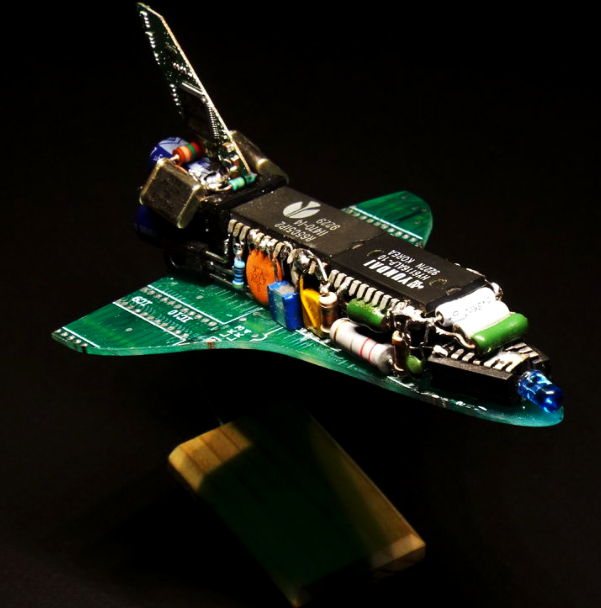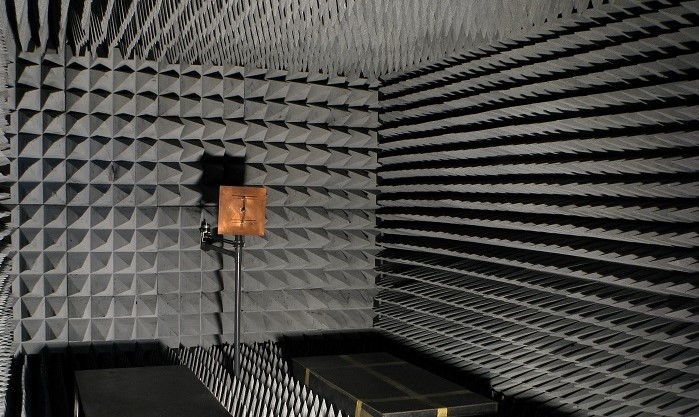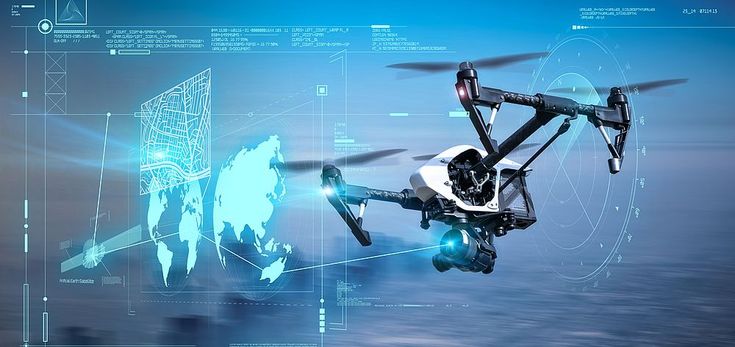In the fast-evolving world of aerospace technology, innovation is key to staying ahead. One of the most groundbreaking advancements in recent years is 3D PCB printing for aerospace applications. This technology, often referred to as additive manufacturing for PCBs, is transforming how circuit boards are designed and produced for aircraft, satellites, and other high-stakes systems. By enabling faster prototyping, custom designs, and conformal electronics, 3D printed electronic circuits are opening up new possibilities in aerospace engineering.
In this comprehensive guide, we’ll dive into the world of 3D PCB printing for aerospace, exploring its benefits, applications, and future potential. Whether you’re an engineer looking to streamline aerospace PCB prototyping or a designer curious about custom PCB design for aerospace, this blog will provide valuable insights into how additive manufacturing is reshaping circuitry in the industry.
What is 3D PCB Printing and Why Does It Matter in Aerospace?
3D PCB printing, a form of additive manufacturing, involves creating printed circuit boards (PCBs) layer by layer using specialized printers. Unlike traditional PCB manufacturing, which relies on subtractive methods like etching copper from a board, 3D printing builds circuits directly by depositing conductive and insulating materials. This approach allows for intricate designs, rapid production, and unique shapes that are often impossible with conventional methods.
In the aerospace sector, where precision, weight, and reliability are critical, 3D PCB printing offers game-changing advantages. Aircraft and spacecraft systems demand circuits that can withstand extreme conditions—think temperatures ranging from -55°C to 125°C and vibrations up to 20G in some cases. Traditional PCBs can struggle to meet these demands without adding bulk or complexity. With 3D printed electronic circuits, engineers can create lightweight, conformal electronics that fit perfectly into tight spaces or irregular shapes, reducing weight by up to 30% in some designs and improving signal integrity by minimizing trace lengths.

The Benefits of 3D PCB Printing for Aerospace Applications
The adoption of additive manufacturing for PCBs in aerospace is driven by several key benefits. Let’s break down how this technology addresses the unique challenges of the industry.
1. Faster Aerospace PCB Prototyping
Time is critical in aerospace projects. Traditional PCB prototyping can take weeks due to multiple steps like design, fabrication, and testing. With 3D PCB printing, prototypes can be produced in as little as 24 to 48 hours. This rapid turnaround allows engineers to test and iterate designs quickly, speeding up the development of critical systems like navigation or communication modules.
2. Custom PCB Design for Aerospace
Aerospace components often require highly specific designs to fit into compact or unconventional spaces. 3D printing enables custom PCB design for aerospace by allowing engineers to create boards with unique geometries. For instance, a PCB can be printed to wrap around a cylindrical component, reducing the need for additional wiring and improving signal speeds by up to 15% through shorter interconnects.
3. Lightweight and Conformal Electronics
Weight reduction is a top priority in aerospace, where every gram impacts fuel efficiency and payload capacity. 3D printed electronic circuits can be designed as conformal electronics, meaning they conform to the shape of the device or structure they’re integrated into. This eliminates the need for bulky enclosures, cutting weight by as much as 20-30% compared to traditional rigid PCBs. Additionally, these designs can reduce electromagnetic interference (EMI) by optimizing the placement of conductive traces.
4. Enhanced Durability for Extreme Conditions
Aerospace environments expose electronics to harsh conditions, including high-altitude radiation, extreme temperatures, and intense vibrations. 3D PCB printing allows for the use of advanced materials, such as high-temperature polymers and conductive inks with low thermal expansion coefficients (around 15-20 ppm/°C), ensuring circuits remain stable and reliable. This durability is vital for systems like satellite control boards, which must operate flawlessly for years in space.

Applications of 3D PCB Printing in Aerospace
The versatility of additive manufacturing for PCBs makes it ideal for a wide range of aerospace applications. Here are some of the most impactful ways this technology is being used today.
1. Satellite and Spacecraft Electronics
Satellites require compact, lightweight, and highly reliable electronics to function in the vacuum of space. 3D PCB printing enables the creation of miniaturized circuits that fit into tight spaces while maintaining low impedance values (often below 50 ohms for high-frequency signals). These circuits can also be printed directly onto structural components, reducing assembly time and potential failure points.
2. Avionics Systems
Avionics, the electronic systems used in aircraft, rely on precise circuitry for navigation, communication, and control. 3D printed electronic circuits allow for rapid prototyping and customization of avionics PCBs, ensuring they meet strict performance standards. For example, signal speeds in high-frequency avionics systems can reach up to 10 Gbps, and 3D printing helps optimize trace layouts to maintain integrity at these speeds.
3. Unmanned Aerial Vehicles (UAVs)
Drones and UAVs used in aerospace often operate in challenging environments where weight and space are at a premium. Conformal electronics created through 3D PCB printing can be integrated directly into the drone’s frame, reducing weight and improving aerodynamics. This approach also allows for faster design iterations during the prototyping phase.

Challenges and Limitations of 3D PCB Printing in Aerospace
While the benefits are clear, 3D PCB printing for aerospace is not without its challenges. Understanding these limitations is crucial for engineers looking to adopt this technology.
1. Material Constraints
Although additive manufacturing for PCBs supports a growing range of materials, the options for conductive inks and substrates are still limited compared to traditional methods. High-performance aerospace applications often require materials with specific dielectric constants (e.g., 2.2 to 3.5 for RF circuits), and not all 3D printing solutions can meet these needs yet.
2. Scalability for Mass Production
While 3D PCB printing excels in prototyping and small-batch production, it’s not always cost-effective for large-scale manufacturing. The time required to print complex multilayer boards can be longer than traditional methods for high-volume runs, though advancements in printer speed and automation are closing this gap.
3. Regulatory and Certification Hurdles
Aerospace is a heavily regulated industry, and any new technology must meet strict standards for safety and reliability. 3D printed PCBs must undergo rigorous testing to ensure compliance with standards like MIL-PRF-31032 for military applications or AS9100 for aerospace quality management. This process can slow down adoption but is essential for ensuring performance.
The Future of 3D PCB Printing in Aerospace
The potential of 3D PCB printing for aerospace is immense, and ongoing advancements are set to address current limitations. Here’s what the future holds for this technology.
1. Advanced Materials
Research is underway to develop new conductive inks and substrates that can handle even higher frequencies and temperatures. For instance, inks with improved conductivity (approaching 90% of bulk copper) are being tested, which could further enhance signal performance in aerospace systems.
2. Integration with IoT and Smart Systems
As aerospace systems become more connected through the Internet of Things (IoT), 3D printed electronic circuits will play a key role in embedding sensors and communication modules directly into structures. This could lead to “smart” aircraft components that monitor their own health in real time, reducing maintenance costs by up to 25%.
3. Hybrid Manufacturing Approaches
Combining 3D printing with traditional manufacturing methods could offer the best of both worlds. Hybrid approaches allow for the rapid prototyping of complex designs using additive manufacturing, followed by high-volume production with conventional techniques, optimizing both cost and time.
How to Get Started with 3D PCB Printing for Aerospace
If you’re an aerospace engineer or designer looking to explore 3D PCB printing, here are some practical steps to begin.
1. Assess Your Design Needs
Start by identifying the specific requirements of your project, such as weight constraints, environmental conditions, and signal performance. This will help you determine if 3D printing is the right fit and what materials or geometries to prioritize.
2. Partner with Experts
Work with a trusted provider of PCB solutions that offers expertise in additive manufacturing. Look for partners who understand the unique demands of aerospace and can guide you through the design and testing process.
3. Invest in Testing and Validation
Given the strict standards in aerospace, allocate resources for thorough testing of 3D printed PCBs. Test for thermal cycling, vibration resistance, and signal integrity to ensure reliability in real-world conditions.
Conclusion: A New Era of Aerospace Circuitry
3D PCB printing for aerospace is more than just a trend—it’s a transformative technology that’s redefining how circuits are designed and manufactured. From enabling rapid aerospace PCB prototyping to supporting custom PCB design for aerospace, this innovation offers unmatched flexibility and performance. As additive manufacturing for PCBs continues to evolve, it promises to unlock even greater possibilities for conformal electronics and 3D printed electronic circuits in the industry.
At ALLPCB, we’re committed to helping engineers and designers harness the power of cutting-edge technologies like 3D PCB printing. Whether you’re working on a satellite, aircraft, or UAV, this new dimension in circuitry can elevate your projects to new heights. Stay ahead of the curve by exploring the potential of additive manufacturing for your next aerospace endeavor.
 ALLPCB
ALLPCB







